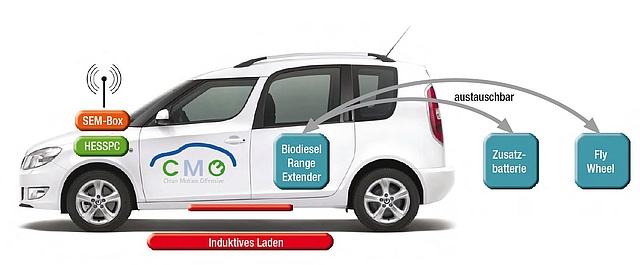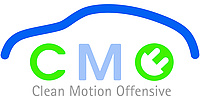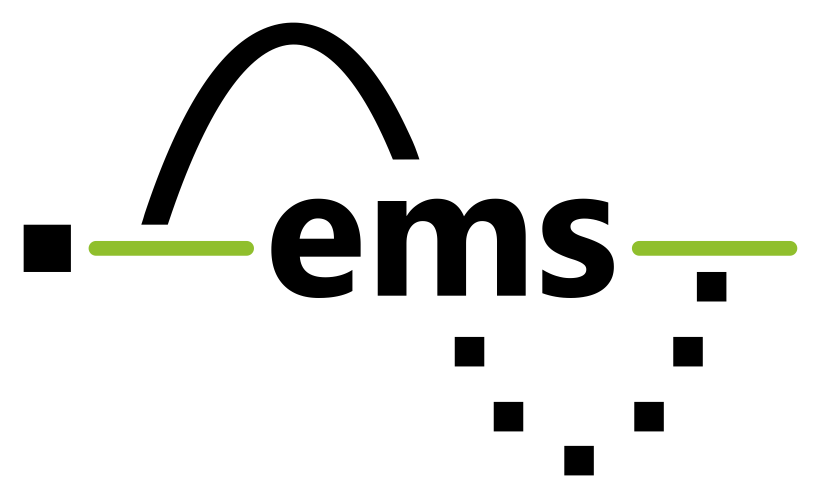Project Description
The Austrian vendors to the motor vehicle industry have started the Clean Motion Initiative on 30.10.2009, in order to prepare their member companies and make them fit for the age of electro-mobility. They see the following scenarios in the process:
The areas of application of electric vehicles that can be foreseen today, indicates utilization of electric vehicles primarily in the operation over short routes in municipal and congested areas. With respect to the user response, cautious expectations are presented for the time being: The driver must reckon with a higher price for a vehicle, which is locally emission-free on the one hand, but, on the other, has disadvantages with respect to the range, charging period and comfort of availability compared to combustion engines. It is true that these disadvantages can be eliminated with the help of technical and systemic innovations, which determines the main direction of thrust of the CMO projects. In addition, the following three important insights are being pursued:
- The e-car will be a mass-manufactured product in a maximum of ten years. Until the year 2020, half of all new passenger cars shall be registered with an electric drive. Four-fifths of these would have an additional combustion engine on board.
- The e-car starts as a lifestyle product. Private customers are wealthy and live in large cities. Their reasons for purchase include environmental awareness, enthusiasm for technology, desire for being different and the need to be a pioneer in something that is totally new. The electric car is not just a product variant – it is a change of system. With an electric car, the customer is not ―only‖ buying a new car. He is changing the system.
- The price of the battery or its periodic costs largely determines the cost of an electric vehicle. The reliability and the long life of the battery system, and the type of distribution of this risk on the players in the system will play a decisive role as the competitive factor.
- Increasing the ranges by means of innovative range extenders
- Cost reduction by using rechargeable batteries using technical and commercial innovation
- Testing of possible variants of the ―Intelligence‖ distribution in the system (intelligent battery system, intelligent vehicle, intelligent charging station, intelligent load distribution, intelligent network and smart metering)
- Integration of the rechargeable batteries into the smart grid and the billing systems via telematics
- Development of electrically driven vehicles for special niche applications
- New types of current collectors

Project Data

Project Type: Joint Proposal
Program: Austrian Electric Mobility Flagship Projects – 2nd Call
Duration: 4 years
Status: Finished
Workgroup: Energy Aware Measurement Systems
